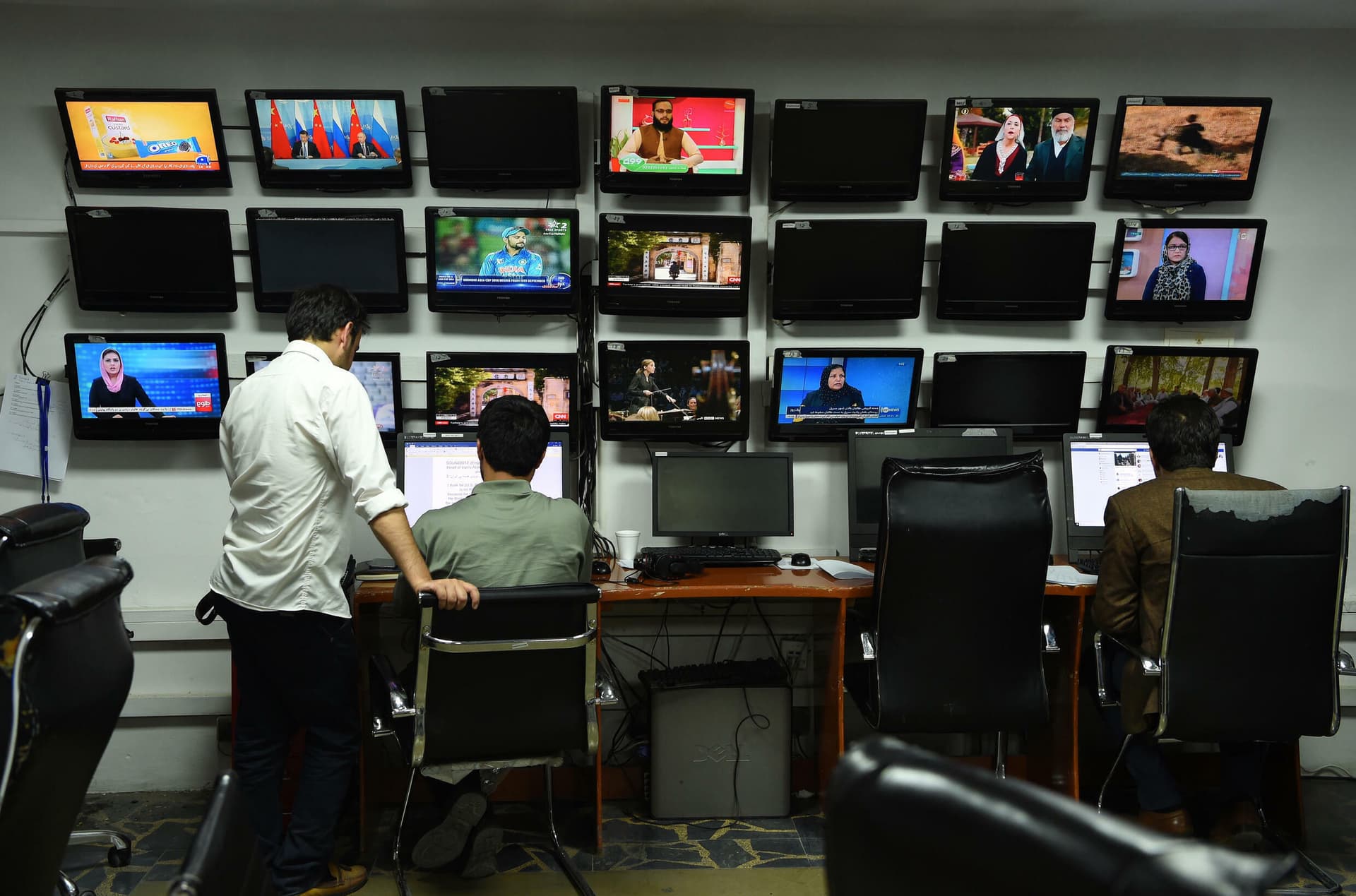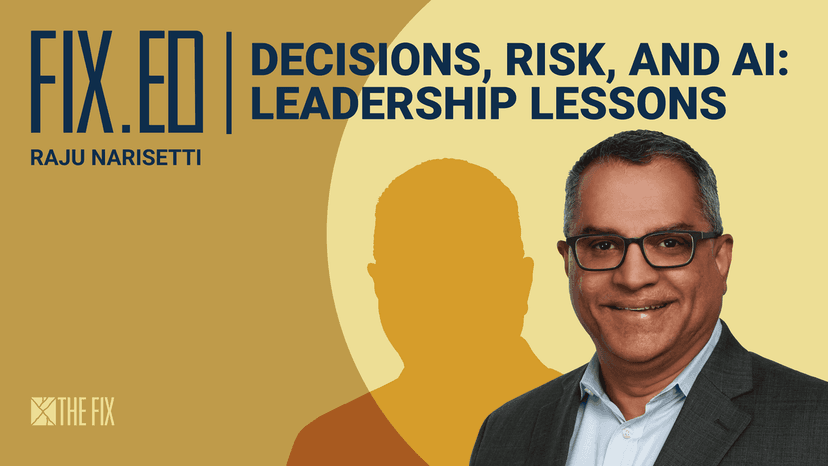
Afghan media in exile three years after Taliban takeover
The media ecosystem, built over two decades, continues to serve audiences but is facing an uphill battle to maintain donor interest
The Fix Newsletter
Everything you need to know about European media market every week in your inbox
37 articles • 0 Followers








